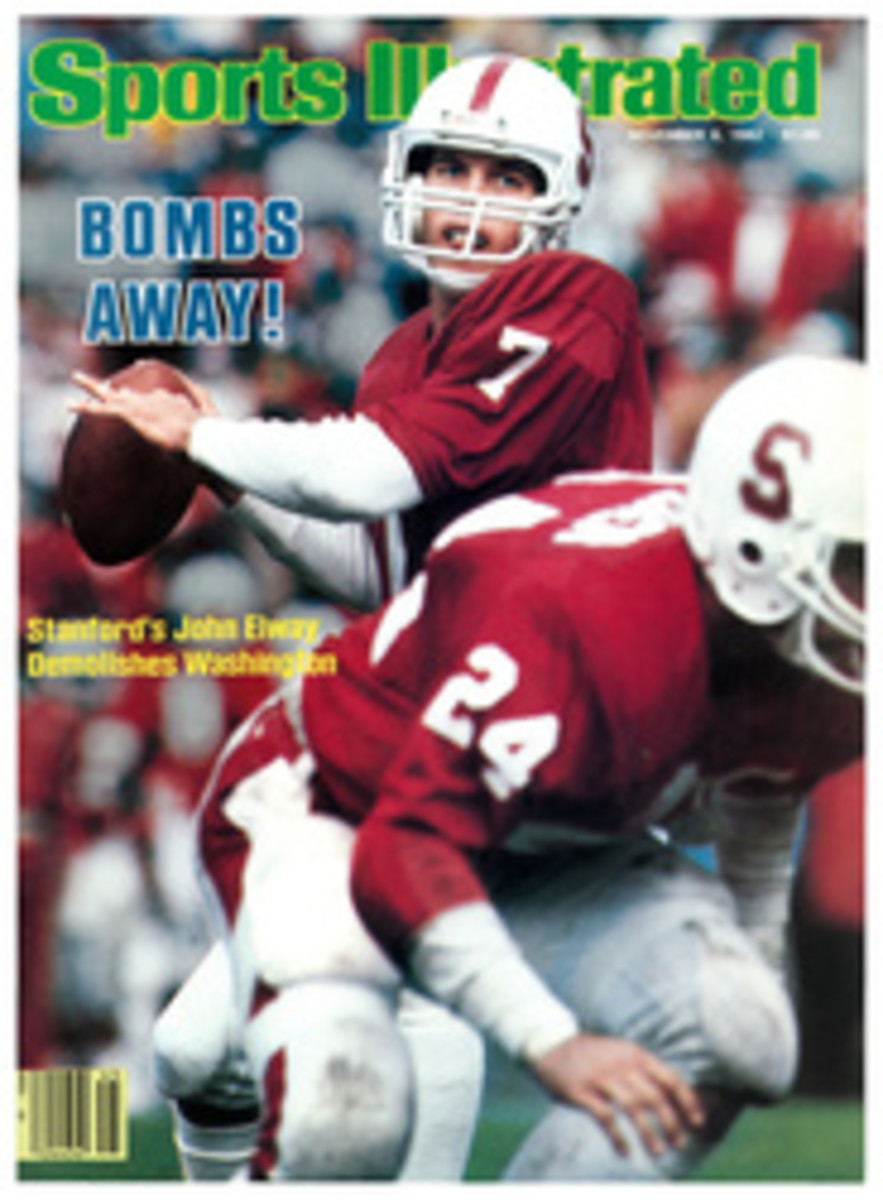
HERE IS A CONTROVERSY THAT'S FOR THE BIRDS: TO FEED OR NOT TO FEED
Our bird feeder is nailed to the trunk of a tree at eye level, about 10 feet from our kitchen window. At the onset of cold weather we stock it with seeds and also wire a chunk of suet to its roof. Then, for much of the fall, all winter and well into spring, the avian show begins at dawn each day and often continues until dark.
Everyone in our family enjoys the birds immensely, and we have plenty of company in our appreciation. It's now estimated that 38.8% of the adult American population puts out feed for wild birds, making this the most popular wildlife-related hobby in the country.
Those of us who stock feeders do it mostly because we enjoy watching birds use them, but we also like to believe that the extra feed helps birds through the winter. Recently, though, doubts have been raised about how beneficial bird feeding is, and there's even speculation that it might be harmful.
One of the possibly deleterious side effects is that birds may become overdependent on human handouts. The assumption is that birds quickly become reliant on such easily accessible sources of food, and some experts think the birds are endangered when a family leaves home and its feeder goes unstocked for days at a time. Particularly in periods of extreme cold, when natural feed is scarce and when birds require more nourishment than usual, birds suffering from overdependence on feeder food could find themselves at a disastrous disadvantage if suddenly required to obtain natural food supplies.
Frank Gramlich, a retired supervisor for the U.S. Fish and Wildlife Service in Maine, believes that birds in certain areas are now sustained largely by food from feeders rather than natural sources. "In towns in central Maine during the winter," he says, "there's no sense in looking for birds anywhere but in the immediate vicinity of feeders. Feeders give birds a false sense of security and interfere with the natural order. It's only logical to conclude that changes in normal behavior patterns can result in a lack of adaptation to natural foods and feeding habits and in possible dietary deficiencies."
Other troubling assertions about feeders have been made. One is that concentrations of birds invite the spread of communicable diseases among them. Another is that feeders cause some species to delay their migration south.
The only detailed study ever done on bird feeding was completed in 1979 by Dr. Aelred Geis, an urban wildlife specialist for the U.S. Fish and Wildlife Service. Titled Relative Attractiveness of Different Foods at Wild Bird Feeders (oil-type sunflower and white proso millet seeds were found to be favorites), the report has become the most popular publication ever produced by the service.
"I don't agree with the prophets of doom regarding bird feeders," Geis says. "The real problem is that there hasn't been enough research on the subject, and it doesn't look like there's going to be, because the money just isn't available. But my own observations prove to me that birds are more resourceful than a lot of people seem to think. Of course they'll take handouts gladly, but I think they can readjust to normal conditions when they have to. And birds in the wild—ducks and doves, for instance—are often found in enormous concentrations, and no one talks about disease as far as they're concerned. Another consideration is the fact that more than $500 million is spent on bird feeding each year. But the value to shut-ins and to children learning firsthand about the natural world can't be expressed in dollars and cents. Anyone who feeds birds is bound to get a lot of pleasure out of it, and it has to enhance the public's concern for wildlife."
Until the questions regarding bird feeding are satisfactorily answered, here are a few simple guidelines. For certain species, feeders should be at least eight or 10 feet off the ground (although others prefer to eat directly off the ground) and located fairly close to escape cover—shrubs and trees—but not so close that cats can hide there. Old grain and seed husks should be removed and droppings regularly cleaned from feeders to reduce the possibility of the spreading of disease. If you leave home during the winter, even for a weekend, have a friend check the feeder and restock it when necessary. This is little enough to do for creatures that enliven the outdoors in even the dreariest of winters.

